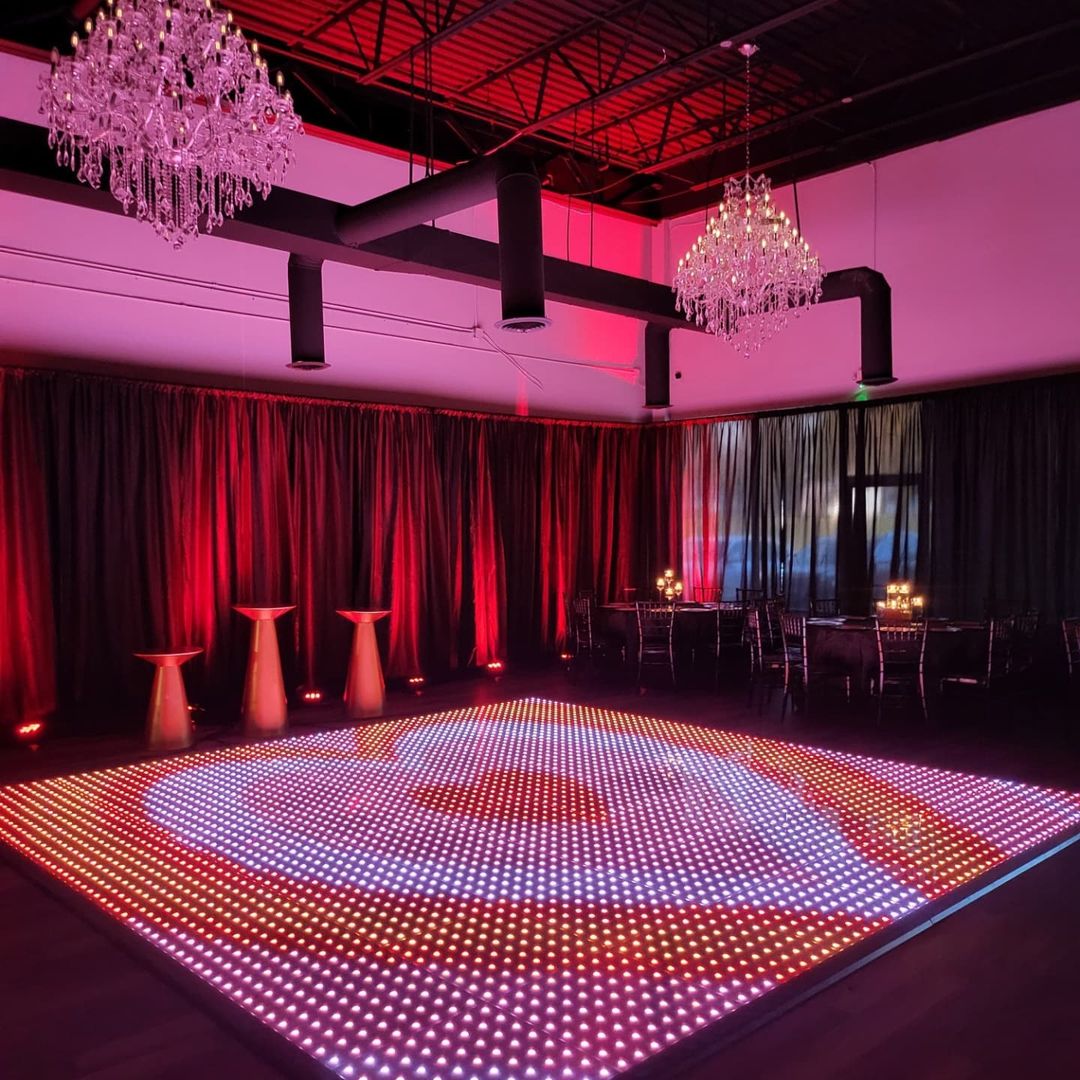Illuminating Creativity Via Shade Theory for LED Dancing Platform Designs
Illuminating Creativity Via Shade Theory for LED Dancing Platform Designs
Blog Article
Hue theory is an important element of aesthetics, particularly when it comes to designing LED dance surfaces. The interplay of colors can significantly affect the atmosphere and energy of a venue. By understanding how hues function together, designers can craft an ambiance that enhances the overall experience for participants. This article examines the basics of color theory and its use in light-emitting diode dance surface layouts.
The main colors are red, blue, and yellow. These colors cannot be made by mixing other colors together. Secondary colors, such as emerald, tangerine, and violet, are formed by mixing primary colors. Tertiary hues are created by combining a main hue with a secondary color. Understanding these basic relationships helps creators select hues that enhance one another and create a visually pleasing show. Mixing these colors on an LED dance surface can result to vibrant and exciting effects that capture the attention of participants.
Hue value also plays a crucial role in aesthetics. Hues can be classified as warm or cool. Warm hues, such as red, orange, and yellow, tend to evoke emotions of enthusiasm and heat. In contrast, cool colors like azure, emerald, and violet typically generate a calm and soothing atmosphere. Creators can utilize these hue temperatures to establish the mood for various kinds of occasions. For example, a party atmosphere may gain from hot colors that energize the crowd, while a further calm event might use cool hues to offer a calming effect.
In furthermore to hue combinations and temperature, brightness and intensity are essential factors to consider. Brightness denotes to how bright or dark a color looks, while intensity indicates the intensity of a color. Bright, saturated hues websites can generate a vibrant and lively atmosphere, ideal for dance surfaces. On the contrary hand, softer, less intense hues can create a more muted atmosphere. By adjusting luminosity and intensity, creators can draw these details attention to specific sections of the dancing floor or create sight pathways, guiding participants through the venue.
Finally, it is crucial to consider the psychological impacts of hue in LED dancing surface designs. Different hues can elicit various emotions and reactions. For instance, red is often linked with zeal and energy, while blue can be calming and tranquil. Grasping these associations allows creators to tactically apply colors to influence the actions of participants. By integrating color theory into light-emitting diode dancing floor designs, creators can improve the total experience, rendering it memorable and pleasurable for all participating.